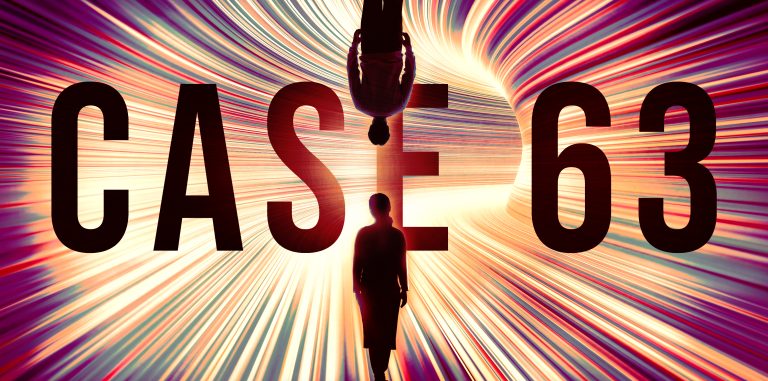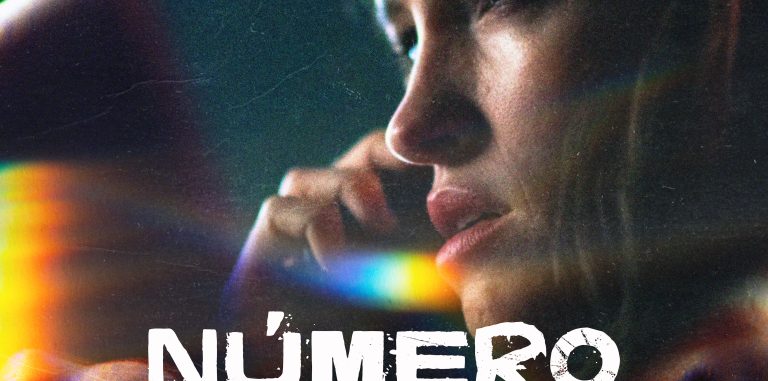
Chilean Audio Series ‘Quemar Tu Casa’ Delivers More Bone-Chilling Horror With Part II
Following the success of its first season, the Spotify Original scripted audio series Quemar Tu Casa is back with a second installment that’s bringing more fright and delight to fans.
Created and written by Caso 63’s Julio Rojas, Part II of the Chilean series picks back up with the story of Lina and Julieta. After previously managing to escape the dreaded Casa 669, the pair now finds themselves at the doorstep of another, equally unnerving house: La Invernada. As they step inside the walls of this immense and frightening structure, fans are immersed in a world containing many secrets . . . and many people who shouldn’t be trusted.
Along with Giannina Fruttero and Magdelena Müller, who voice the aforementioned protagonists, the cast of Quemar Tu Casa features Mariana Loyola, Pedro Campos, Gabriela Hernández, Maitén Montenegro, Elvira López, Marcela Salinas, José María de Tavira, and Arturo Ríos.
Central to Quemar Tu Casa’s sinister and chilling atmosphere is its immersive use of sound. Along with real-world soundscapes, the series features a masterful score, which is once again helmed by Chilean composer Carlos Cabezas.
For the Record caught up with Julio to discuss La Invernada’s main character energy, his hopes for the future of audio-based storytelling, and the special techniques Quemar Tu Casa uses to evoke fear in listeners.
Why is audio such a compelling medium to tell a horror story?
Audio is a form of communication that forges a connection of intimacy and has accompanied the human species for thousands of years, warning us of dangers and helping us to survive. Listening to someone tell stories—especially scary stories—in front of a campfire has been a way to protect us from the dangers that lurked outside. Some of that still remains today, like when kids get together at a camp or a sleepover. Someone always ends up telling a scary story because fear unites the tribe and allows the group to feel a collective sense of protection.
Are there unexpected ways sound is used to add horror or suspense?

Julio Rojas
There are several ways we accomplished this, and they revolve around using sound to replicate the sources of terror or suspense that we experience in daily life. The most important is silence, which is an extremely effective device in creating suspense.
When the sound suddenly stops or there is an eerie pause, the viewer anticipates that something is about to happen. At the other extreme is the use of sudden and unexpected sounds: a door that slams shut, an object that falls, a bird that flies by. Just as the predictable generates tranquility, the unpredictable activates the alert system.
Finally, there’s ambient sound: The background sound is the great generator of atmospheres of terror or suspense. In the case of Quemar Tu Casa Part II, it’s the noise of the sea, the sounds of the house, the wind, and the storm. Perhaps it connects us with the fear that we ancestrally had of the elements that we could not control.
Your last podcast, Caso 63, took off worldwide. Do you think Quemar Tu Casa could follow a similar trajectory?
I think stories that tap into our fears always engage audiences, and Quemar Tu Casa has all the elements: a fantastic cast featuring talented actresses like Giannina Fruttero and Magdalena Müller, a great director in Natalia Grez, the musical work of Carlos Cabezas, the support of the production company Fábula. They all contribute to creating a thoughtful and immersive audioscape that triggers the right emotions in listeners. I think this season will be well received.
Quemar Tu Casa has a strong sense of place. How does the presence of the house contribute to the overall story?
It’s vital for listeners to feel the presence of the house—in this case La Invernada—as a character itself. To accomplish this, it was necessary to create dialogue and sound that allow listeners to truly visualize the house on the edge of the abyss.
We put emphasis on describing the objects in the rooms—describing the finishes, the floors, the tower, the footsteps on wooden floors, the wind blowing through the windows, and the sea on the rocks. One of the conventions of the horror genre is the idea that every house has a past, which is why the series explores past events of tragedies and supernatural encounters that occurred in La Invernada.
By combining these elements into an audio narrative, we’ve aimed for an immersive experience where listeners connect with the characters on an emotional level. In short, we want listeners to feel afraid.
What role does postproduction play in creating immersive atmospheres?
It’s the key factor that lets listeners experience the series as an audiovisual experience. Thanks to postproduction, they can create a true replica of reality and “watch” an audio series in their heads. When the story, performance, and postproduction come together to form a triangle of creative harmony, listeners stop experiencing each part separately and start “seeing” the sound.
What are you looking forward to as the world of audio storytelling continues to grow and develop?
I’m looking forward to audio-based narratives becoming as popular as other forms of entertainment, where it’s generating things like fan communities and cultural moments.
I also hope that the new generations of screenwriters see it as a valid medium for telling stories—like they do cinema, television, literature, or theater. Audio was the first human form of communication. And in a way, audio narratives are returning people to that origin.
Ready to dive into the shudder-inducing world of Quemar Tu Casa? Stream the first episode of Part II below, or start from the very beginning.






